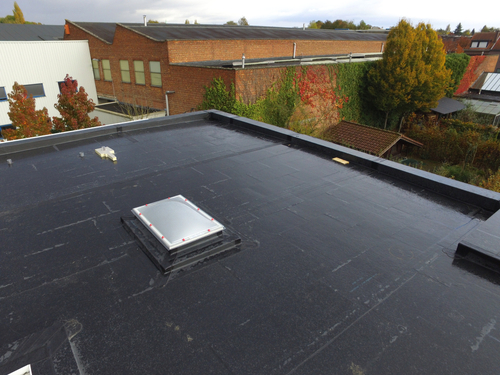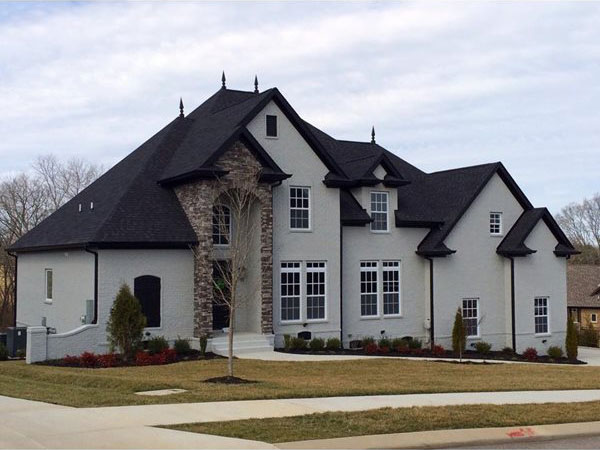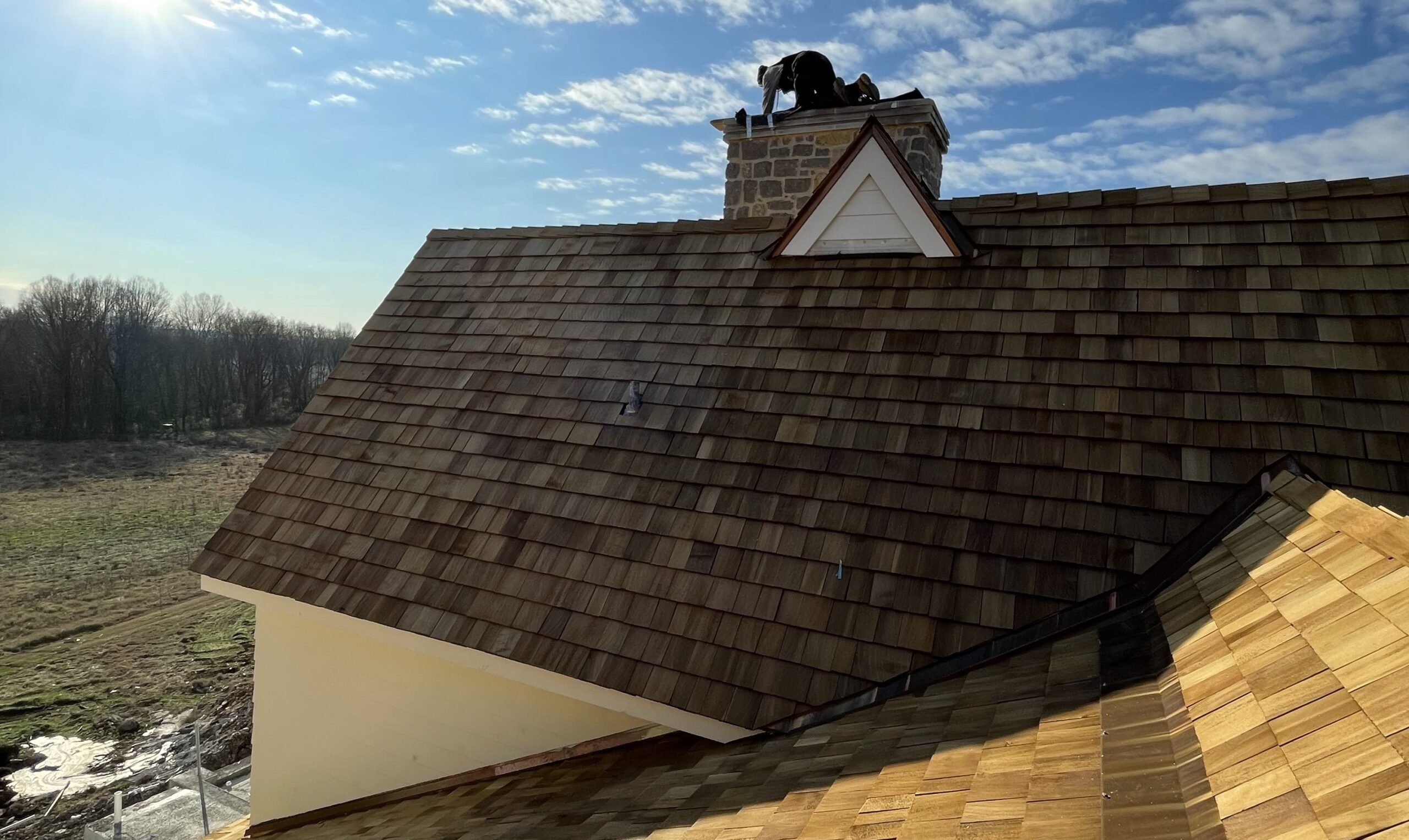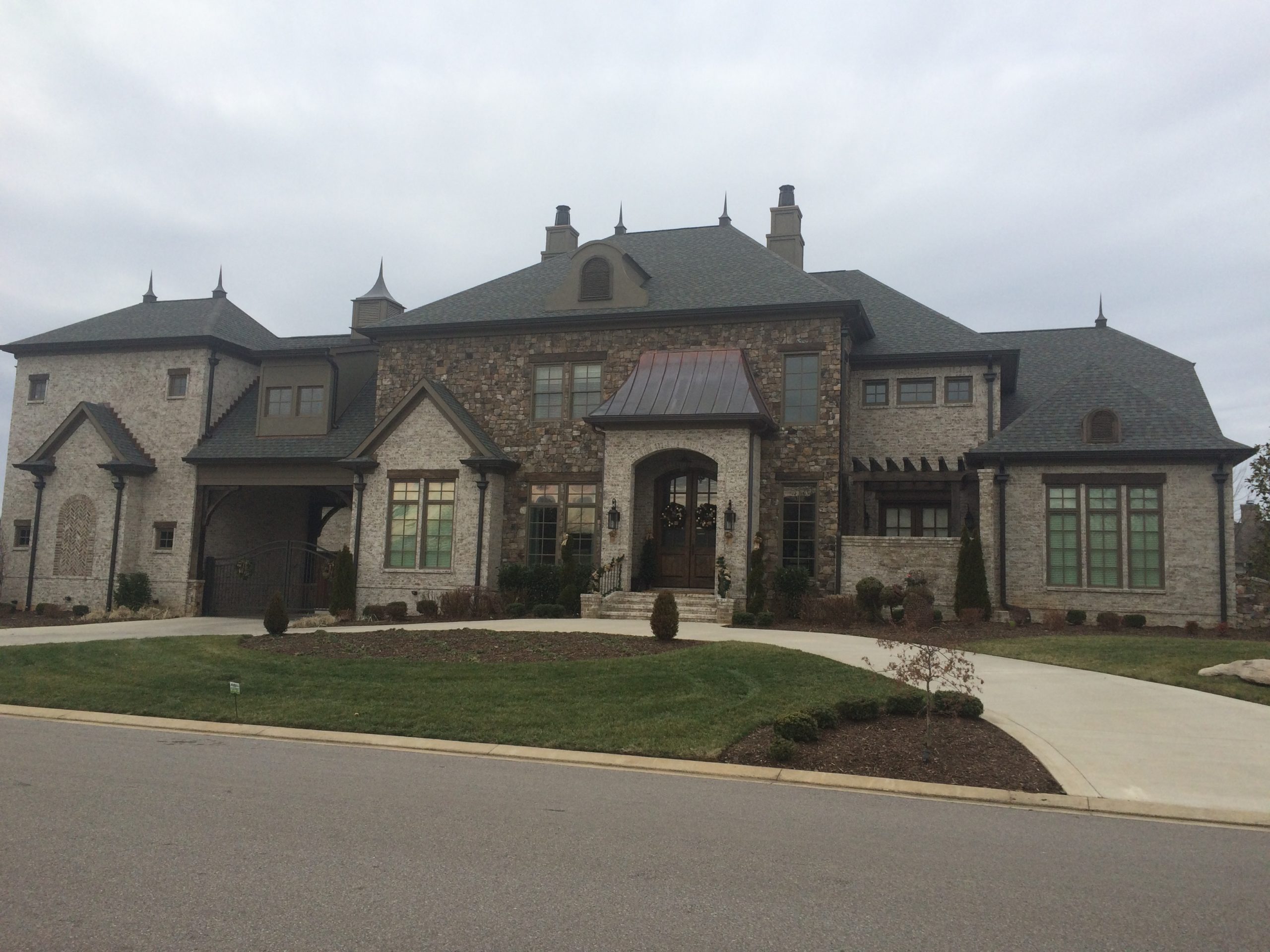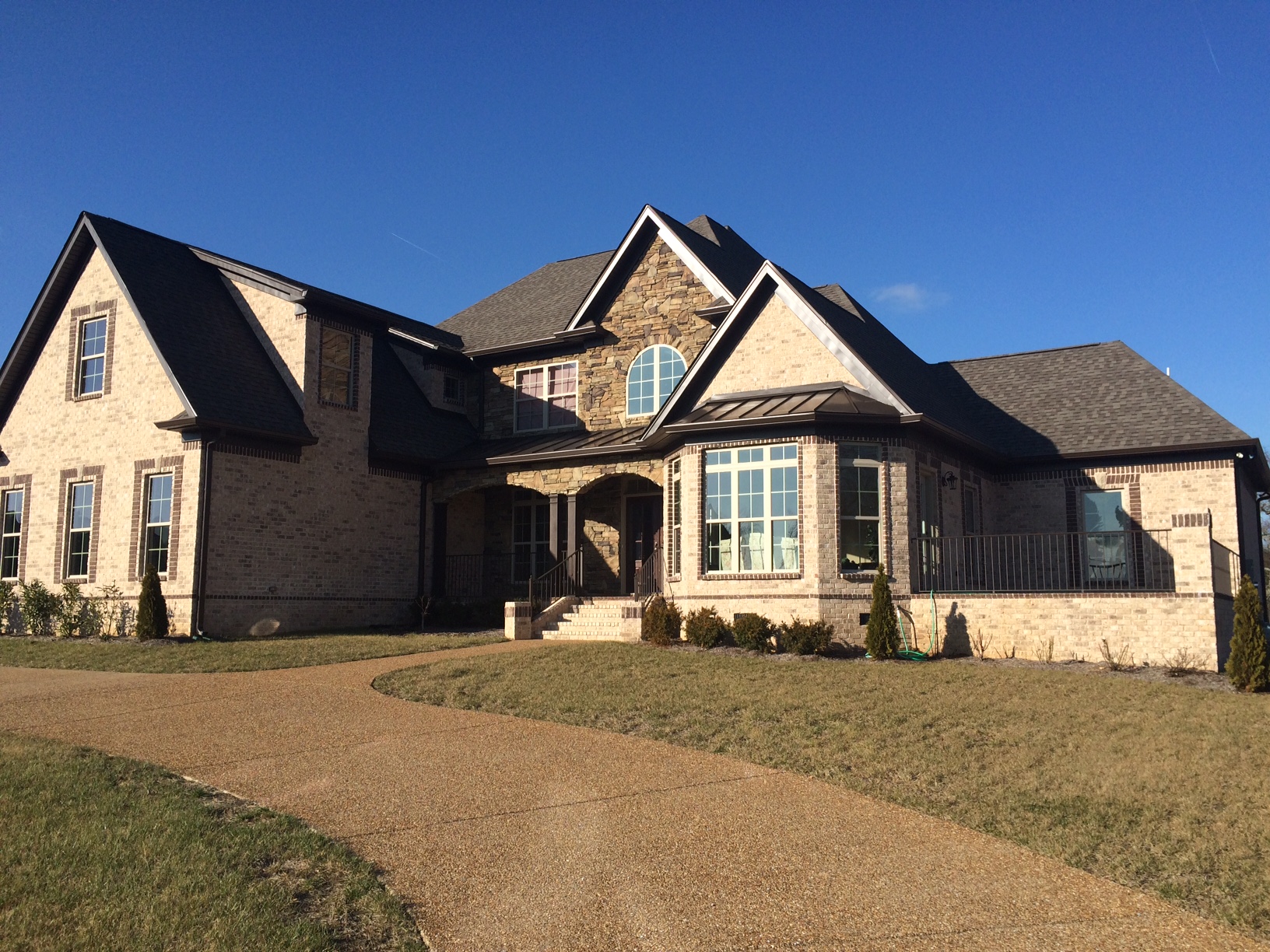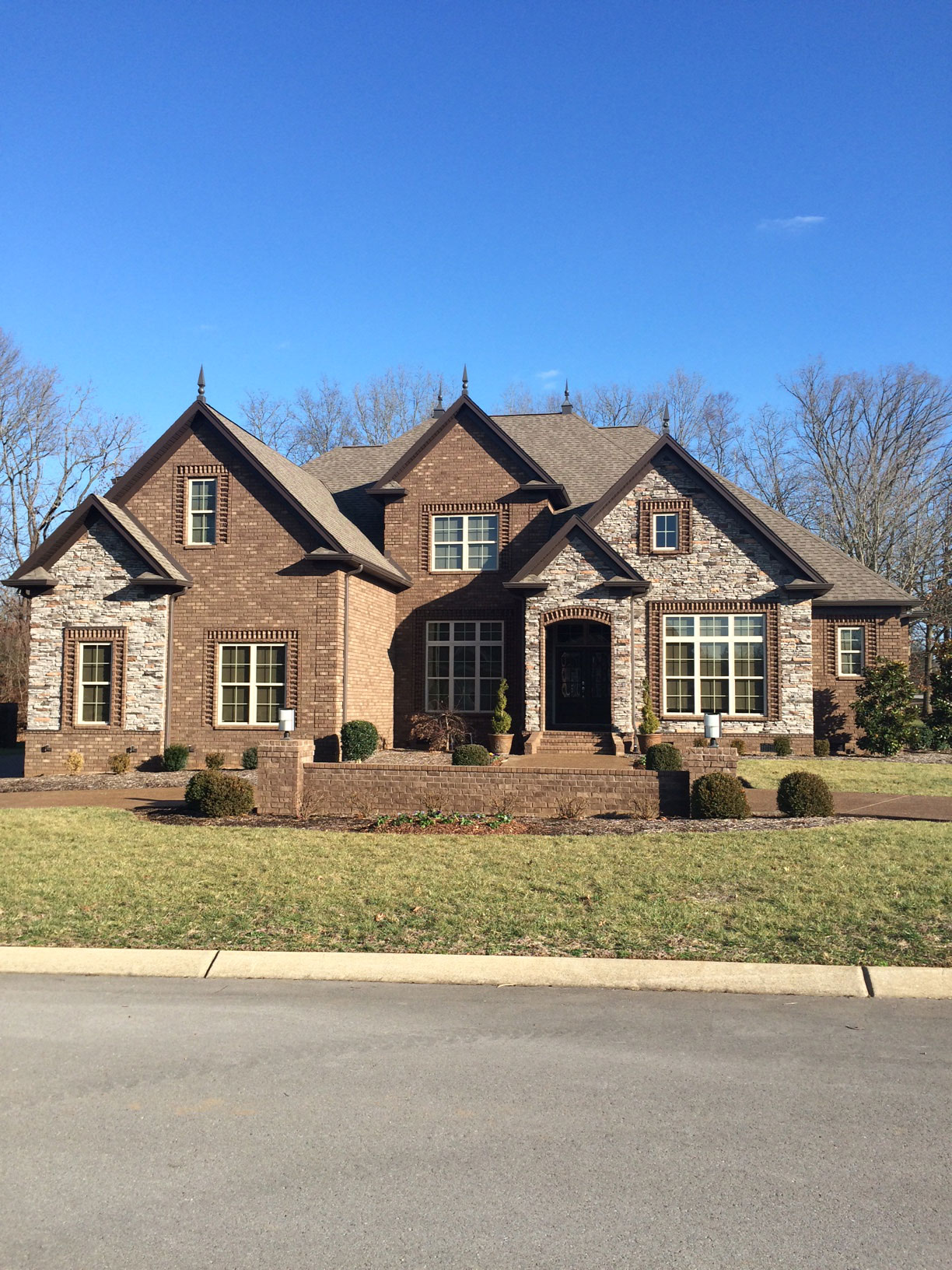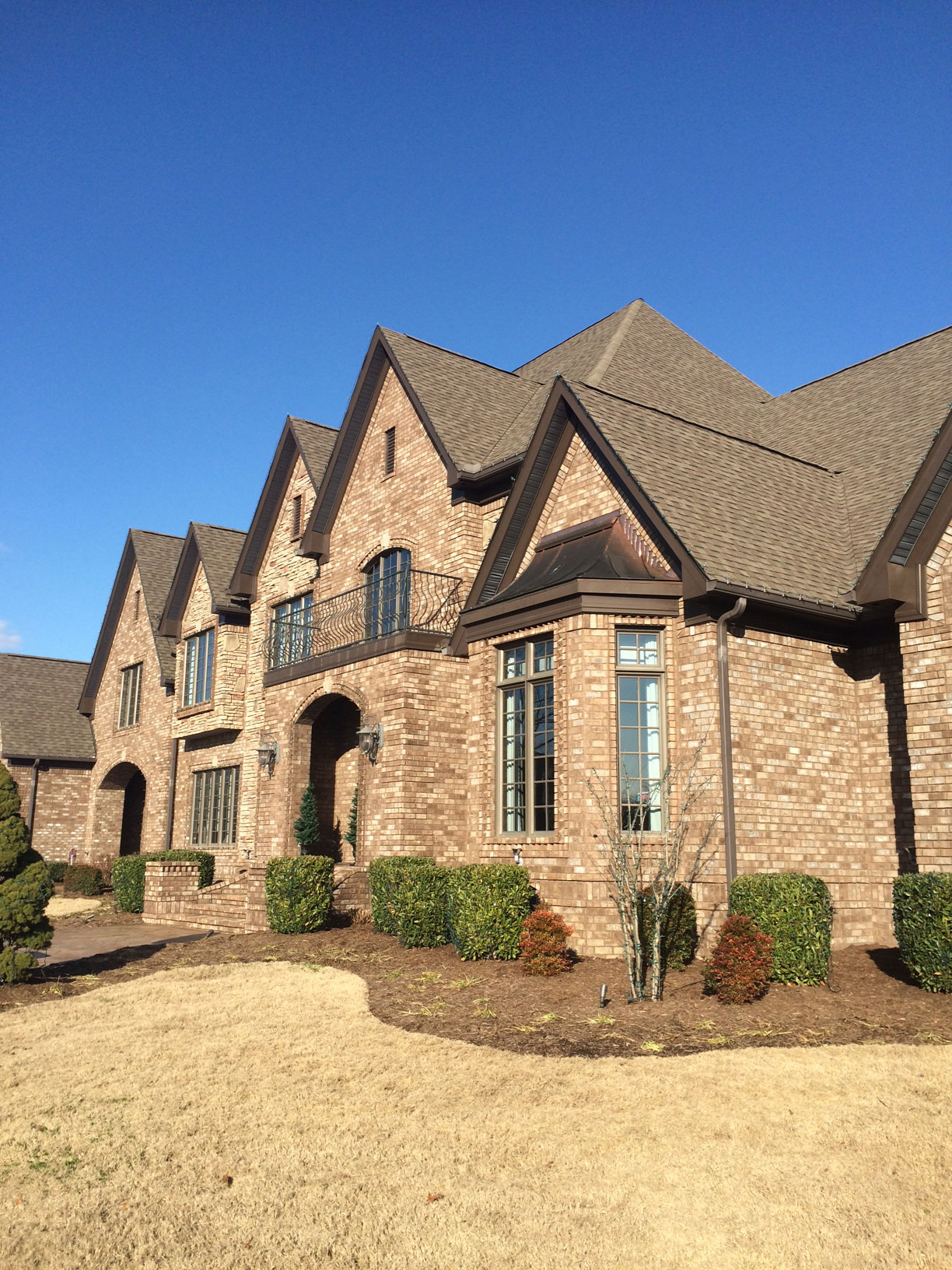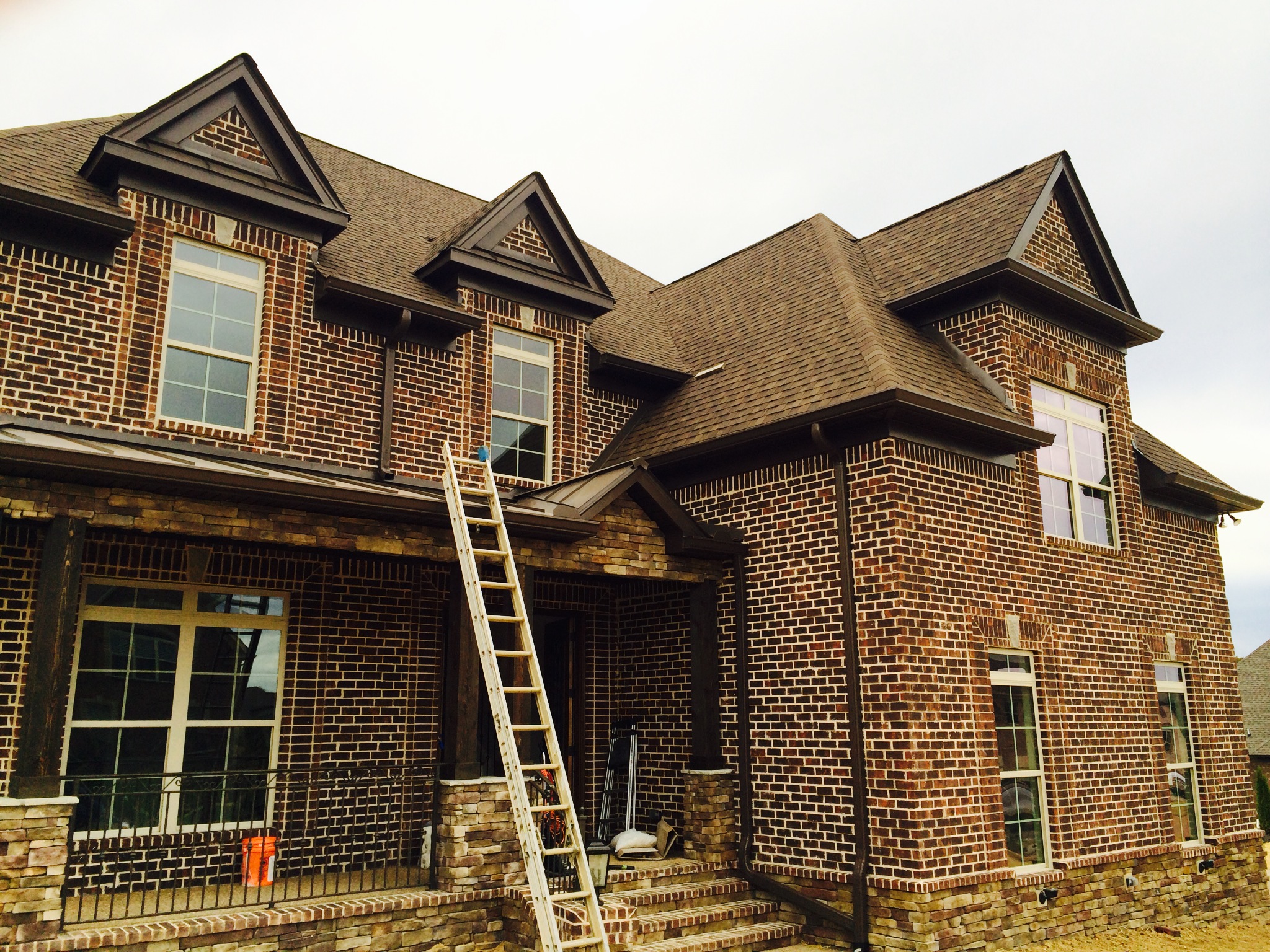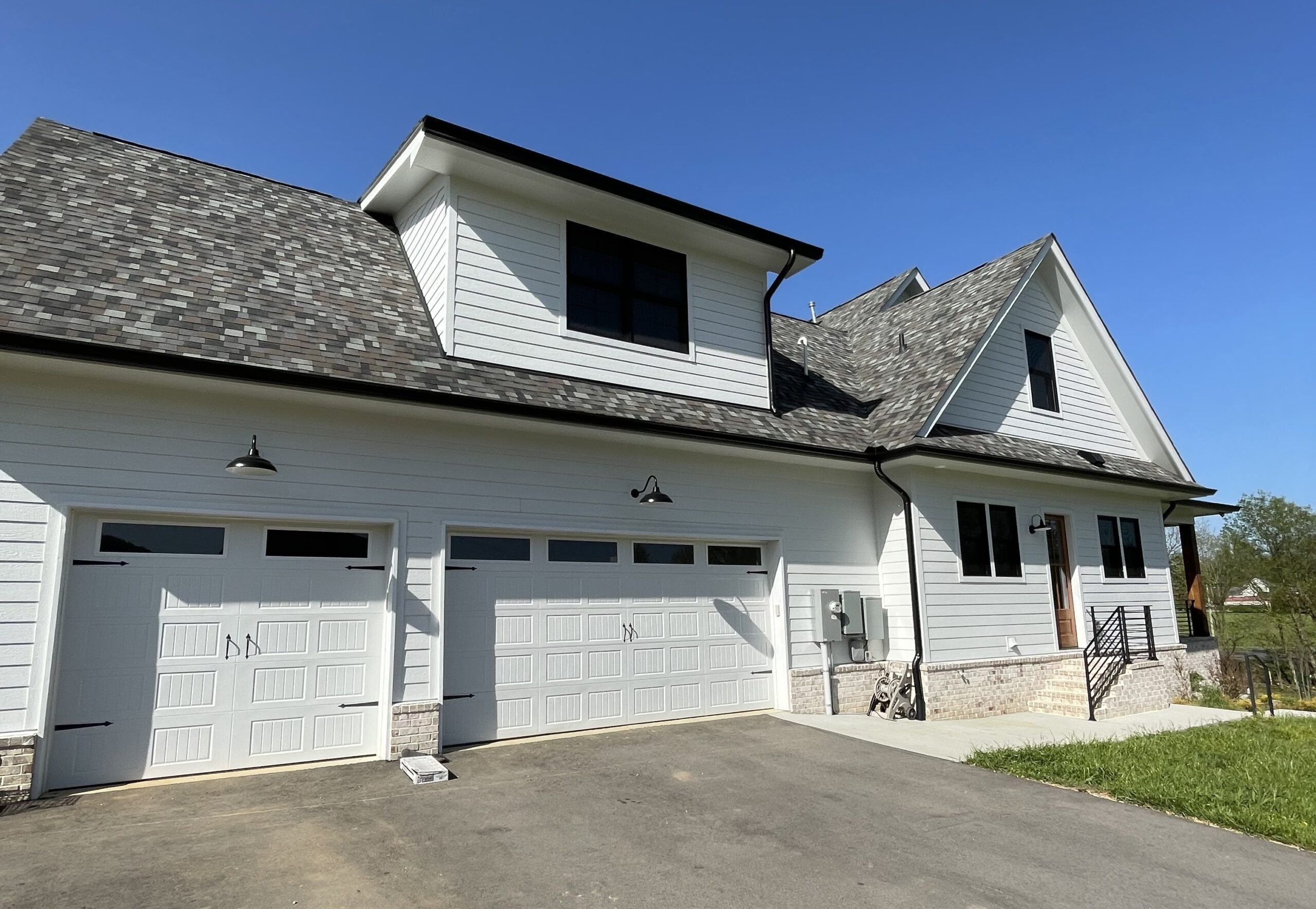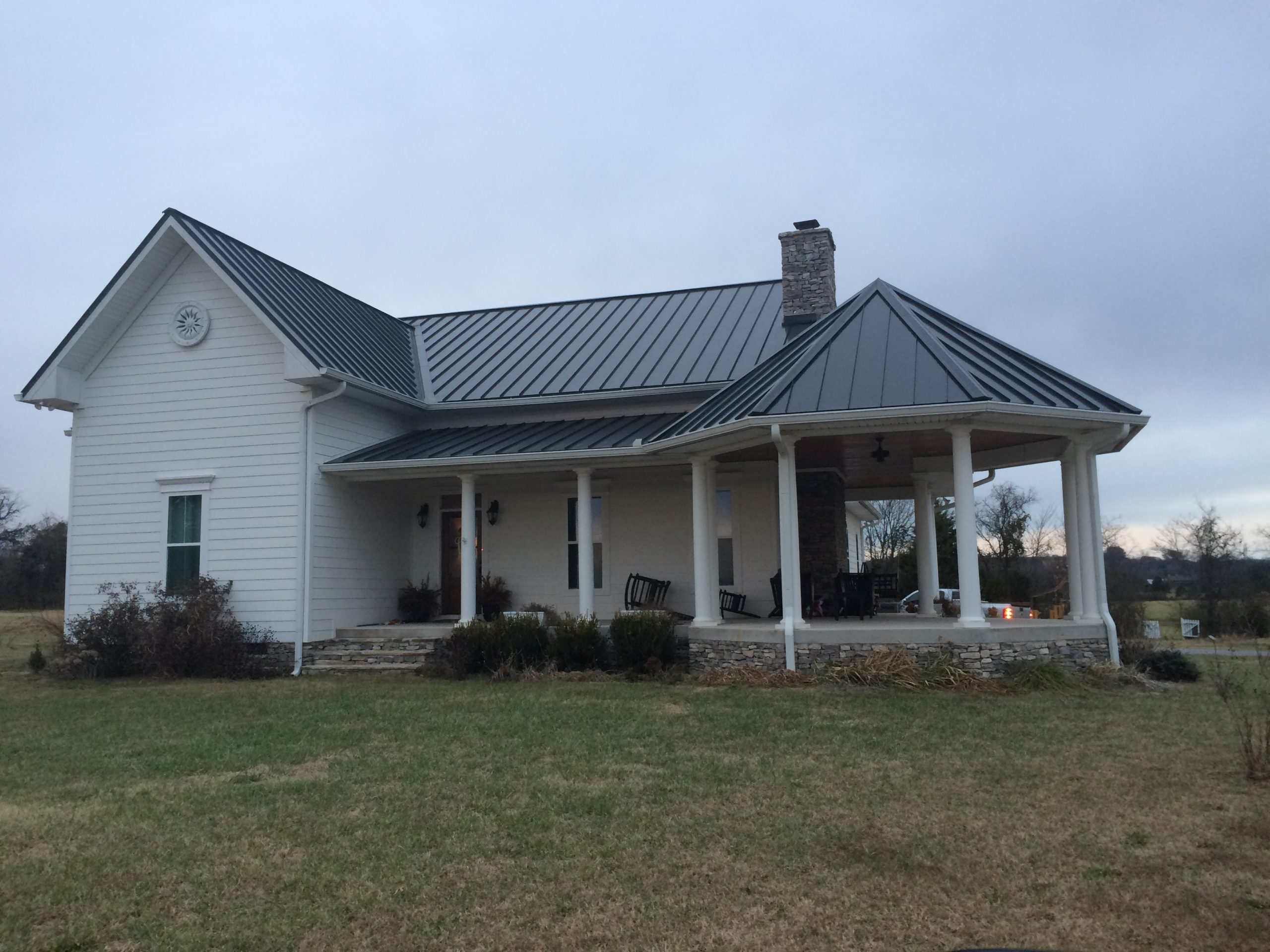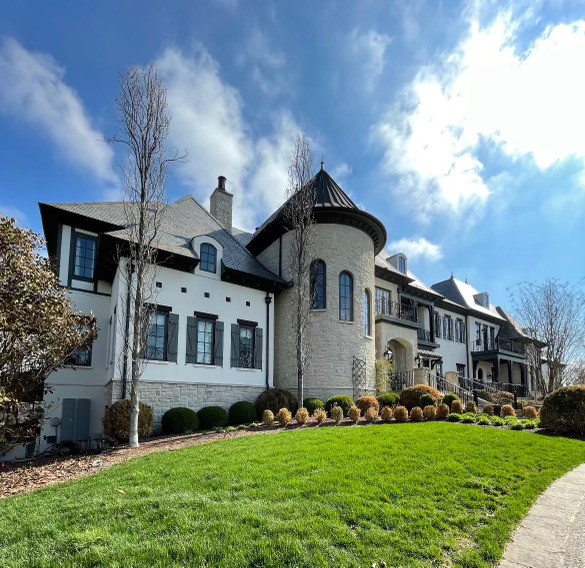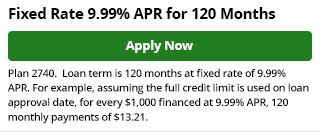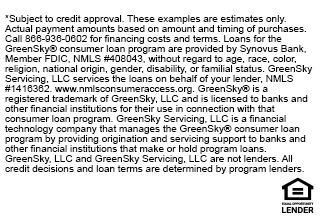Rubber Commercial Roofing Material (EPDM)
What is rubber roofing (EPDM roofing material)?
Rubber roofing, or Ethylene Propylene Diene Monomer (EPDM), is a commercial-grade rubber roofing material perfect for flat or low-sloped roofs.
EPDM is a synthetic rubber made of ethylene and propylene, manufactured with very little energy using oil and natural gas. Plus, rubber roofing products are 100% recyclable, 100% waterproof, and do not pollute rainwater runoff.
Advantages of EPDM
Rubber roofs have been around for over 45 years, and the roofing material comes in black and white, though black is more common.
Black EPDM membranes have carbon black added to convert UV rays into heat, while white EPDM membranes have titanium dioxide added to reflect UV rays. So, buildings in warmer climates benefit from white EPDM roofing materials, while buildings in cooler climates can benefit from black.
Single-ply EPDM roofing material is durable.
Plus, not only are leaks less common, but a rubber roof is fire-resistant and also comes in a sheet. Rubber can slow or even stop a fire from growing and spreading.
Fast, Easy Installation
Cost-effective Repairs
Durable
Energy Efficient
Long-lasting
Great for Flat or Low-sloped Roofs
EPDM Roofing Installation in Tennessee
Rubber roofs are known for their easy installation and lower labor costs.
When we at Austermiller Inc. install commercial rubber roofing material, we first remove and clean off existing roofing materials.
Next, we roll the rubber roofing material (EPDM roofing membrane) out in a uniform pattern. To apply the adhesive, we fold the rubber sheet over itself. It’s important to apply it slowly and spread it evenly to ensure a proper seal. At this point, your Austermiller roofing contractor may use a push broom to smooth out the adhesive and any wrinkles or bubbles.
We will repeat these steps until the whole roof is finished. No welding is required!
With proper installation from us, your EPDM rubber roof can last up to 50 years. Though, you may need minor repairs after 20 to 35 years. Thankfully, the flexible rubber material is simple and easy to repair, only requiring a few tools.
To ensure there are no leaks and the material fits snugly around vent pipes and other features, hire an Austermiller roofing professional, your reliable roofing company in Tennessee. Hiring a professional like us may cost more money upfront, but proper, high-quality installation will save you more money in the end.
To start your next roofing project, contact us at Austermiller for a quote!
Certifications and Affiliations






MAIN Office
9485 Lebanon Rd
Mt Juliet, TN 37122
Call Us
EMAIL US


